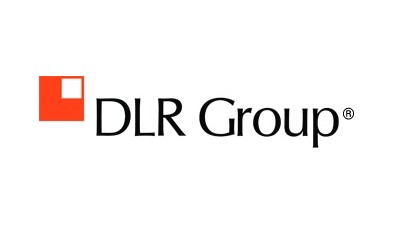Want To Design The Perfect Office? Ask Your Employees For Advice

Sendero’s office in Dallas has been designed from the ground up to meet employee needs. The private workspaces, lounge space, café and library are a product of visioning and brainstorming sessions with numerous staff members. The result is an environment that accommodates a range of work styles.
No longer a decision made solely by the C-suite, office design now more than ever falls into the hands of employees.
For the employer, an engaged staff means business growth and employee retention. Employee engagement continues to be a challenge for businesses, according to a Deloitte report, with 48% of senior leadership surveyed citing it as very important.
“Employee opinions matter now more than ever before,” DLR Group | Staffelbach principal Jo Heinz said. “Activity-based work environments are now the norm rather than the exception. Today, in HQ design, many companies consult employees prior to the site selection. Their demographics drive the analysis and often specific sites are evaluated based on the employees’ view of the amenities.”
As an integrated design firm leading the charge in creating modern workplaces throughout Dallas, DLR Group | Staffelbach led the employee envisioning sessions behind Sendero’s new HQ. The employee-centric approach complemented Sendero CEO and founder Bret Farrar’s mission to build a work environment that fit the growing push for live-work-play integration across offices.
“Through incorporating our vibrant brand and culture through these workspaces, we have created a sophisticated, yet casual environment," Farrar said. “The end result has been a work home that our employees enjoy coming to.”
Millennials have pushed for flexible work hours and the end of cubicles while online services like Glassdoor have given employees a platform to candidly assess workplace conditions.
“Years ago, a company’s HQ design was dictated by the executives who thought they knew what the employees needed to be efficient,” Heinz said. “The workplace standards were often about uniformity, consistency and cost-efficiency. Then the labor pool changed, diversity increased and millennials entered the office. We now have multiple generations in the office working together and a vital element, live-work-play, emerged and became a part of the work environment.”
DLR Group | Staffelbach has seen a growing number of clients seek employee input in both site selection and office space design. The firm conducted several sessions with Sendero’s team to determine the key cultural differentiators of the company. Employees participated in brainstorming sessions that covered topics ranging from architectural design to furniture selection. These sessions led to an emphasis on transparency and connectivity, as well as a focus on activity-based spaces and open collaboration areas.
Sendero kept these core values in mind while searching for an ideal location.

Beyond amenities, employee input sessions can reveal considerations like commute times. For an international law firm in San Antonio, DLR Group | Staffelbach led discovery sessions with all 66 employees. The meetings included discussions on workplace temperature, work hours, office commute and working from home. These conversations can even fuel the decision to have multiple HQs in one major city to accommodate shorter travel times and attract prospective employees.
“Building owners are more comfortable today with employees coming to evaluate the property,” DLR Group | Staffelbach National Business Development Leader Elaine Kanelos said. “Demographics play a big factor. Where do employees live, how does the traffic work? What is around that site? Employee tours are powerful because they allow these employees to evaluate and narrow down the contenders.”
The key is creating environments where employees feel comfortable to voice opinions, even when those suggestions might reflect an area that needs improvement, Heinz said. While open office, for instance, has become the go-to workplace format for encouraging collaboration and cutting costs, having employees on board with the design can help the company address issues like acoustics and availability of breakout areas common for open layouts.
“Often, creating that environment involves structuring the meetings so that their management team is not a part of that meeting, and they feel open and comfortable speaking their views,” Heinz said. “Leaders who are truly open to employee input and not afraid of it are the ones who come out being the beneficiaries.”
While recent talk over shifting workplace dynamics has focused on millennials, involving employees in the office design process ensures all generations in the office space have a voice in choosing how to work.
“It sets the bar high, so employees will seek out companies that allow them to have a voice about their workplace,” Heinz said. "Having gone through that experience, employees will seek that out in future employment opportunities.”
As more companies realize that office design should be about the people who produce work in the spaces rather than executive leadership, more employees will become empowered to join companies that give them a seat at the table when it comes to building a workplace culture that fits their needs.
To learn more about this Bisnow content partner, click here.

